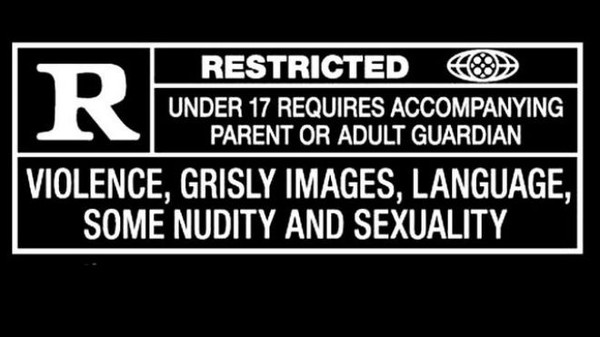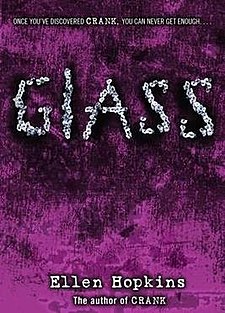The accounts about the history of media censorship in the United States provided by Paul S. Boyer in “Gilded Age Consensus” and Donald A. Downs in “Government Censorship since 1945” were fascinating. It was enlightening to read about how complicated the issue of censorship has always been, and how interwoven it has always been with public stakeholders like publishers and keepers of morality. I was most struck by the relationship this history has with something we discussed in class the other day: that sex and sexuality in literature and other media (like film or television) are more likely to be censored or deemed inappropriate for children than violence or gore. I struggled to find examples in either article of a book being banned based on its violent content; just as it is now, it seems as though the main criteria were sexual content and explicit language. Both sex and violence are difficult subjects to approach, but they’re also things that happen every day. One is an expression of extreme love (or lust), the other of extreme hate. What does it say about our society that we are more concerned with banning love?
Parental Concern
In research conducted by the Parents Ratings Advisory Study, 80% of parents said they were concerned about their children seeing graphic sex scenes at the movies, while only 64% were concerned about them seeing graphic violence (Time).
Why this disparity? In a Time article entitled “Why Parents Care More About Sex than Violence in the Movies,” Belinda Luscombe suggests that parents are less concerned about representations of violence leading to violent urges or action than they are about sexual representation encouraging sexual desire or activity. The research on to what extent this is accurate is unclear.

I’m inclined to view this dilemma as an issue of public and private–most of us consider sex to be an inherently private thing, an intimate thing that should not be exposed to the public eye. On the other hand, there have been acclaimed and unchallenged books throughout all of American history about the most public display of violent action: war. It’s interesting to me that we can often justify representations of violence by assigning “good guys” and “bad guys,” but a sexual description or visualization of two people in love is controversial no matter who they are.
Sex (Non)-Education

These articles made me realize that Glass by Ellen Hopkins is in good historical company alongside the many, many books that have been challenged for their sexual content. The articles make it clear that sex has been a taboo topic for centuries and unavailable for any sort of discussion. While it is becoming somewhat less so now, the movement towards abstinence-only sex education, particularly here in the south, emphasizes reducing all information children and young adults are given about sex to “don’t do it.” This is a key component of the social milieu that brought about the 2009 challenge at Whittier Middle School.
The most destructive part of this is that work like Hopkins’s, which uses sexual content instructively so as to educate young readers about its complexity, potential riskiness, and consequences, is dismissed by parents as being graphic while hyper-sexualized advertisements and other media run the risk of being the only sex education these children get. Hopkins uses sexuality in her books for reasons, not just for erotic value, and her work has the potential to be more instructive and helpful to her young adult audience than any war novel could be.
Work Cited
Luscombe, Belinda. “Why Parents Care More About Sex than Violence in the Movies.” TIME, 4 December 2015. http://time.com/4135760/why-parents-worry-more-about-sex-than-violence-in-the-movies/
Leave a Reply